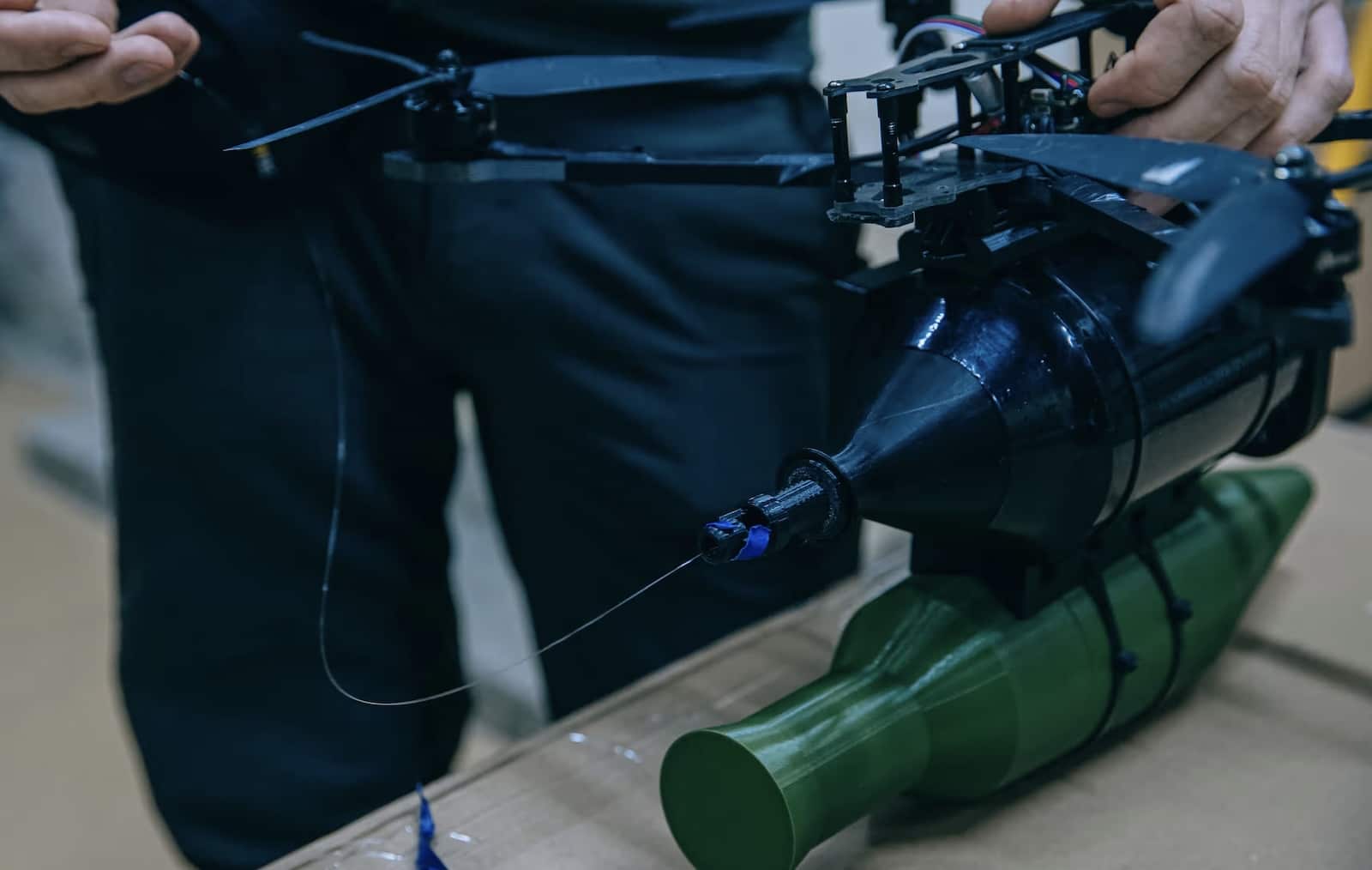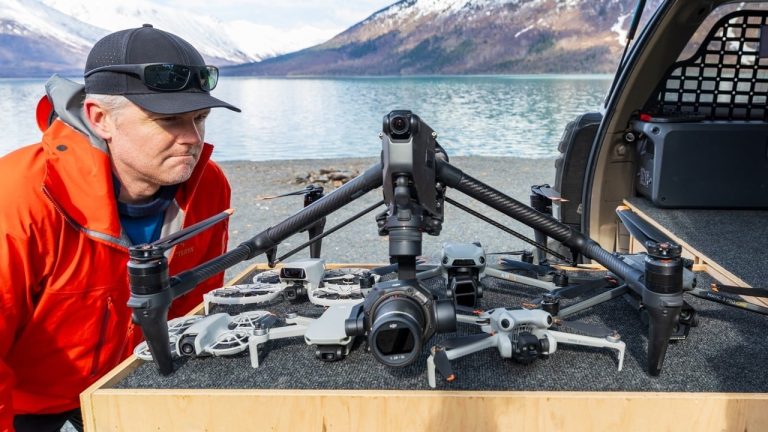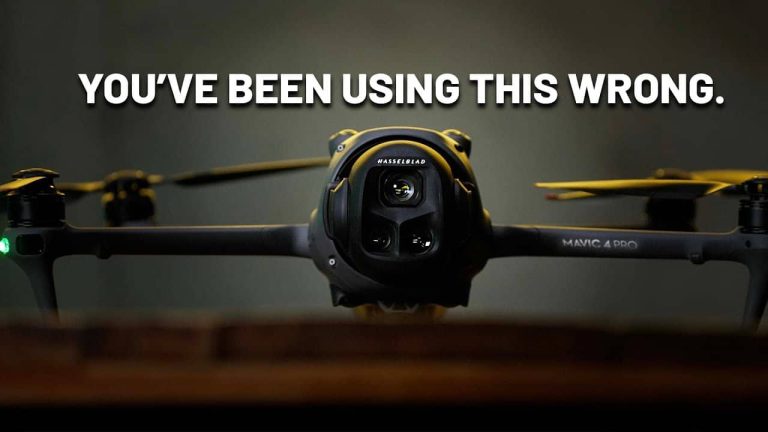In Ukraine‘s evolving battlefield, fiber-optic kamikaze drones are emerging as a formidable weapon, capable of bypassing electronic jamming and striking targets with unprecedented precision. The Guardian reports that these wired first-person-view (FPV) drones, trailing 10-20 kilometers (6-12 miles) of fiber-optic cable, are reshaping military tactics and prompting urgent countermeasures.
A New Breed of Drone
Developed in secretive Ukrainian workshops, fiber-optic FPV Drones integrate a quadcopter frame with a spool of fiber-optic cable, weighing 1.2-1.4 kilograms (2.6-3.1 pounds). Unlike radio-controlled drones, these wired systems are immune to electronic warfare, delivering high-quality imagery until impact.
Capt. Yuriy Fedorenko, commander of the Achilles regiment, explains, “If pilots are experienced, they can fly these drones very low and between the trees in a forest or tree line,” exploiting terrain to strike concealed targets like howitzers hidden in barns.
The drones’ immunity to jamming has made them a critical asset. Samuel Bendett, a drone expert at the Center for Naval Analyses, notes, “Since these drones cannot be jammed by electronic warfare, they’re used as a first wave of attack to target adversarial electronic warfare and jamming capability.” This clears paths for conventional FPV drones, amplifying their battlefield impact.
Technical and Tactical Implications
Fiber-optic drones carry explosive payloads and cost approximately $800 (£605), double the price of standard FPV drones due to the cable. The cable’s sensitivity to damage and connector contamination poses challenges, while its weight alters flight dynamics, requiring extensive pilot retraining. Dmytro, a squad commander, estimates, “Each operator will have five or six failed missions [in training].”
Russia currently leads in fiber-optic drone deployment, leveraging superior access to cabling. Bendett highlights their role in Russia’s Kursk counterattack in March 2025, where they helped dismantle Ukraine’s salient. Ukraine, however, is scaling up production.
President Volodymyr Zelenskyy recently announced, “Since the beginning of this year, more than 20 new certified drone models with fiber-optic control systems have emerged,” with 11 Ukrainian enterprises now producing them.
Market and Regulatory Context
Drones account for 70-80% of military casualties in Ukraine, underscoring their dominance in modern warfare. Fiber-optic models, comprising about 10% of Ukraine’s drone output, reflect a niche but growing segment. The Ukrainian military’s shift from donation-driven to state-controlled drone supply signals a maturing domestic industry, though reliance on foreign cabling remains a bottleneck.
Regulatory frameworks lag behind this innovation. International export controls on fiber-optic technology could complicate Ukraine’s supply chain, while Russia’s Saransk factory, reportedly its only fiber-optic plant, was targeted by Ukrainian drones in April 2025. The damage’s extent is unclear, but such strikes highlight the strategic importance of supply chains.
Countermeasures and Future Challenges
Countering fiber-optic drones is proving difficult. Netting between trees aims to entangle cables, while Ukraine explores methods to sever or burn them. Fedorenko acknowledges, “It’s very strong, but we are working on it.” Tracing cables to locate operators has yielded limited success, as drone numbers continue to rise.
DroneXL’s Take
Fiber-optic drones mark a paradigm shift, blending low-tech wiring with high-tech precision to outmaneuver electronic defenses. Their ability to penetrate fortified positions challenges traditional battlefield assumptions, forcing rapid adaptation. However, Ukraine’s production constraints and Russia’s material advantage underscore a critical vulnerability: access to fiber-optic cabling will dictate the technology’s scalability. As both sides innovate, the race to dominate this niche could redefine aerial warfare, with implications far beyond Ukraine’s borders.
Photo courtesy of Julia Kochetova / The Guardian
Discover more from DroneXL.co
Subscribe to get the latest posts sent to your email.




















+ There are no comments
Add yours